The pungent odor of a skunk's spray is notorious, but few realize how this natural defense mechanism intersects with international arms control. For decades, military researchers have studied skunk secretions as potential chemical weapons, raising disturbing questions about the ethical boundaries of warfare. The humble skunk, Mephitis mephitis, has unwittingly become a player in the shadowy world of biochemical arms development.
When threatened, skunks eject a sulfur-rich thiol compound from anal glands with remarkable accuracy up to 15 feet. This yellow-tinged oily liquid contains seven major volatile components, including (E)-2-butene-1-thiol and 3-methyl-1-butanethiol - compounds so potent they can induce vomiting, temporary blindness, and psychological distress in humans. Defense laboratories have isolated these compounds since World War I, with recent patents revealing attempts to weaponize synthetic analogs.
The 1993 Chemical Weapons Convention explicitly bans weapons causing "temporary incapacitation," yet several nations maintain research programs exploring skunk-derived irritants. A 2017 UN report revealed stockpiles of "non-lethal" chemical agents matching skunk secretion profiles in three countries. These developments test treaty boundaries, as manufacturers claim the compounds occur naturally and therefore don't constitute chemical weapons.
Field tests show disturbing effectiveness. During urban warfare simulations, aerosolized skunk compounds cleared buildings faster than tear gas, with effects lasting 72 hours versus CS gas's 30-minute duration. Unlike traditional chemical agents, the compounds penetrate standard gas masks due to their oily composition and trigger gag reflexes even at concentrations below odor thresholds.
Environmental impacts compound ethical concerns. Synthetic skunk compounds persist in ecosystems up to six months, contaminating water supplies and disrupting animal communication. A 2021 study documented mass bird nest abandonment near a testing site, while soil samples showed 90% reduction in beneficial bacteria populations. These collateral effects arguably violate the Convention's prohibition of "wide-area environmental modification."
The skunk arms race highlights regulatory gaps. Current treaties regulate production quantities but lack thresholds for naturally occurring compounds. A single skunk produces about 15mL of secretion - theoretically enough to qualify as a chemical weapon under the Convention if purified and weaponized. Yet no provisions address extraction versus synthesis, creating a loophole for bioprospecting militaries.
Civil society groups now push for the "Skunk Amendment" to clarify treaty language. Proposed changes would regulate any weaponized biological secretion, regardless of origin. Opposition comes from nations arguing this could criminalize traditional pepper spray. The stalemate continues as defense contractors quietly develop fourth-generation "olfactory deterrents" with 10x the potency of natural skunk spray.
Beyond military use, authoritarian regimes employ skunk compounds against protesters. The 2019 Hong Kong protests saw water cannons dispensing yellow liquid matching skunk secretion profiles. Victims reported symptoms lasting weeks, including chemical burns and permanent anosmia in some cases. Such domestic use circumvents international oversight while achieving chemical weapon effects.
Skunk research continues advancing. Recent patents describe "targeted thiol delivery systems" using nanotechnology to increase mucosal absorption. Other developments include "olfactory tagging" compounds that mark individuals for identification - a potential tool for mass surveillance. These dual-use technologies blur lines between law enforcement tools and prohibited weapons.
The natural world's chemical arsenal presents profound ethical dilemmas. As science unlocks nature's defense mechanisms, humanity must decide whether to respect or weaponize them. The skunk's story serves as a cautionary tale about how easily biological adaptations can be perverted into tools of control. Perhaps the question isn't whether we can weaponize nature, but whether doing so makes us less humane than the animals we study.
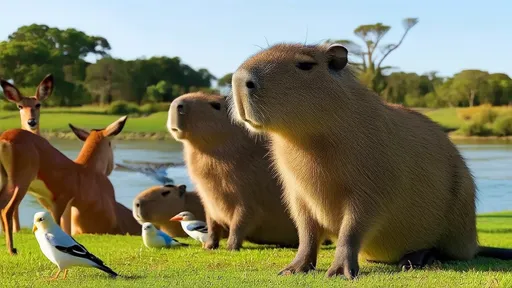
By /Jun 10, 2025
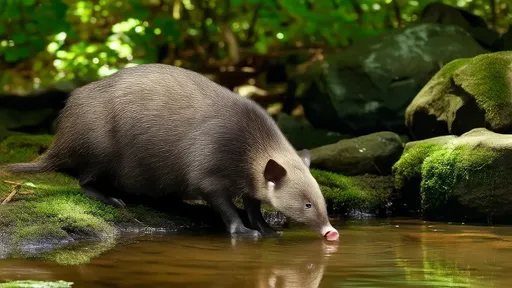
By /Jun 10, 2025
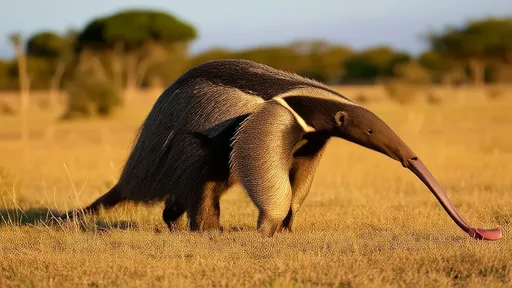
By /Jun 10, 2025
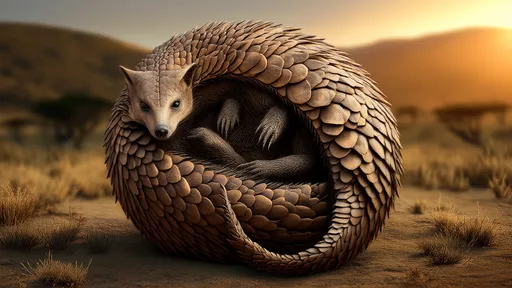
By /Jun 10, 2025
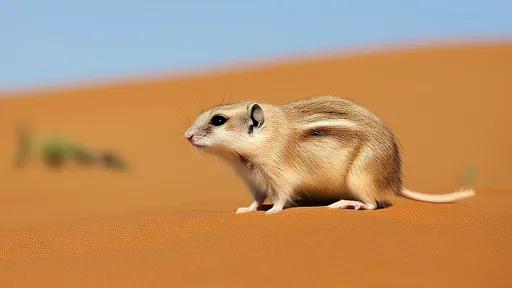
By /Jun 10, 2025
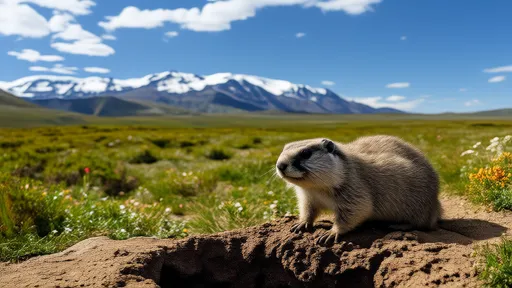
By /Jun 10, 2025
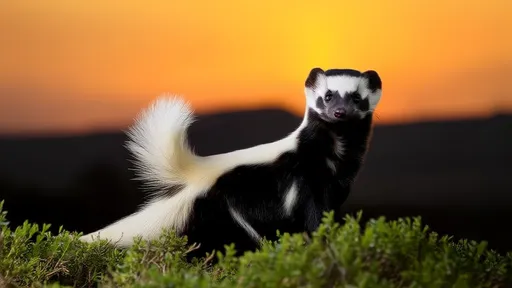
By /Jun 10, 2025
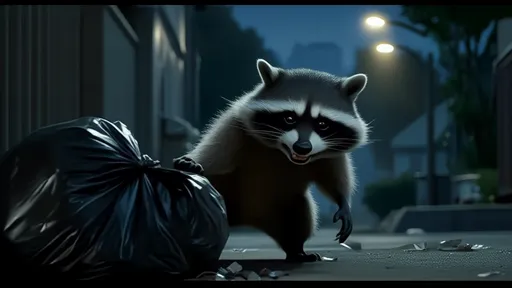
By /Jun 10, 2025

By /Jun 10, 2025
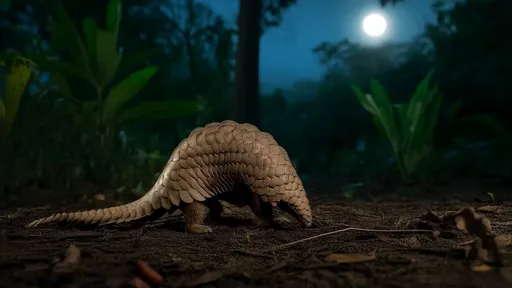
By /Jun 10, 2025
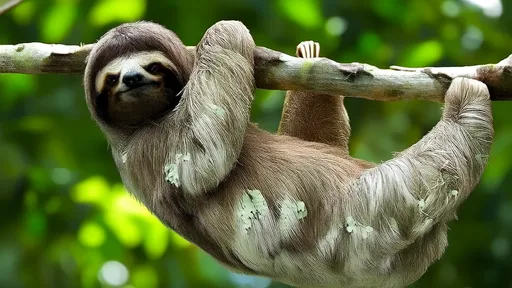
By /Jun 10, 2025
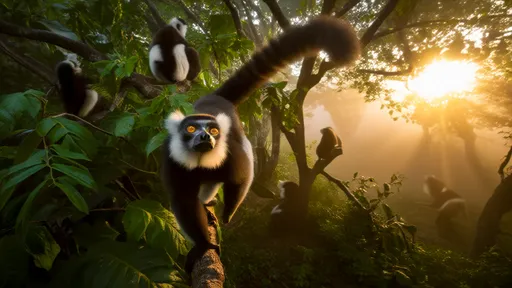
By /Jun 10, 2025

By /Jun 10, 2025
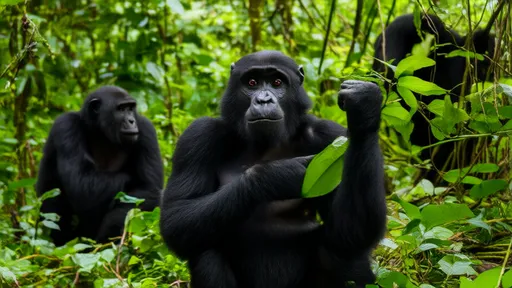
By /Jun 10, 2025
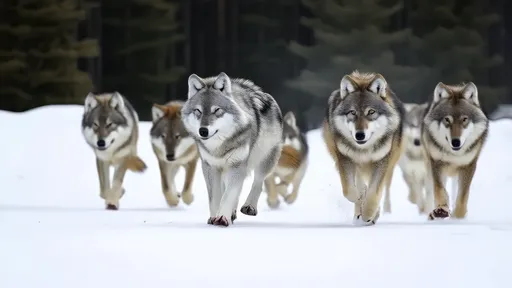
By /Jun 10, 2025
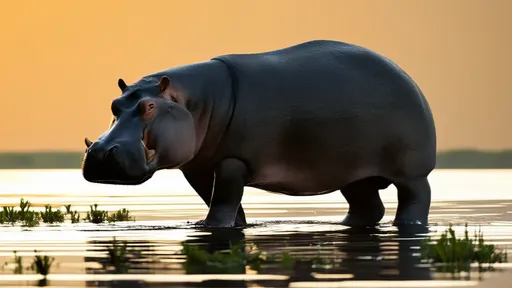
By /Jun 10, 2025
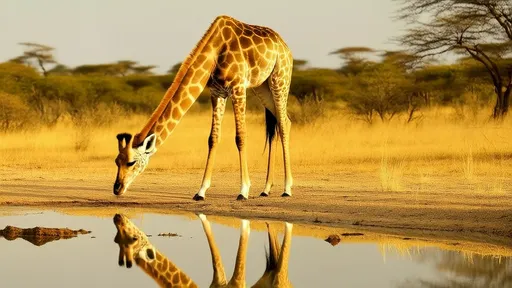
By /Jun 10, 2025